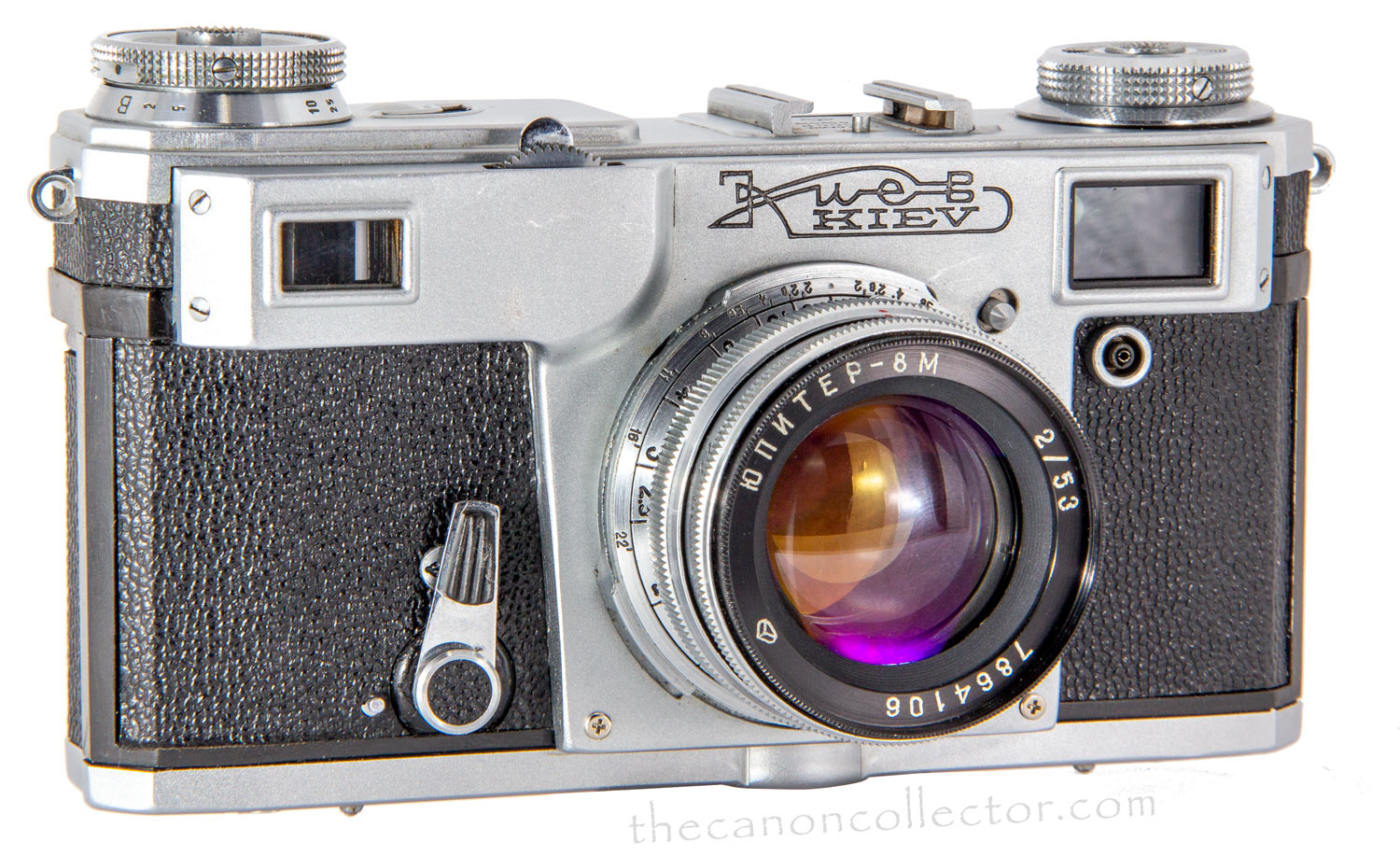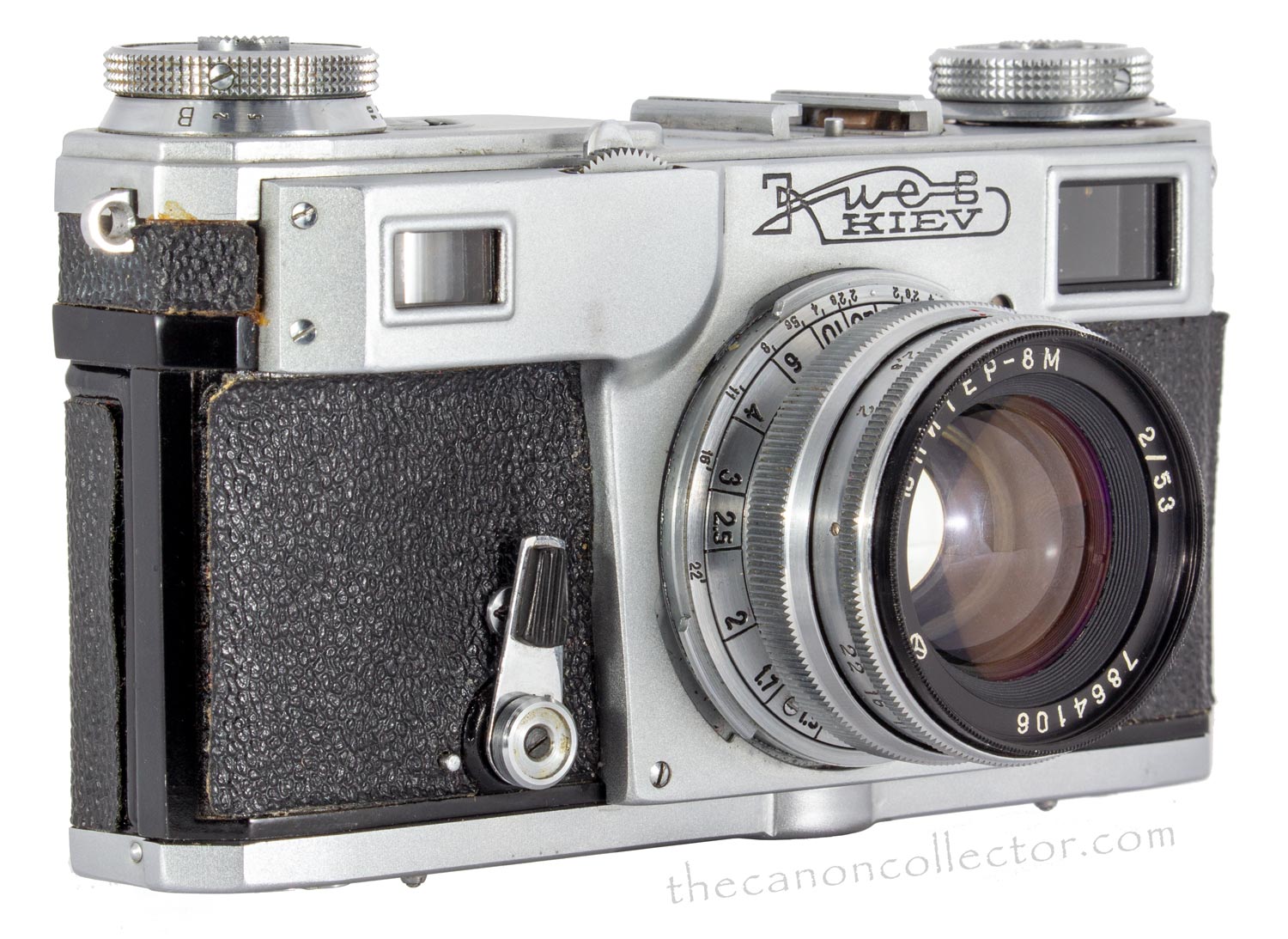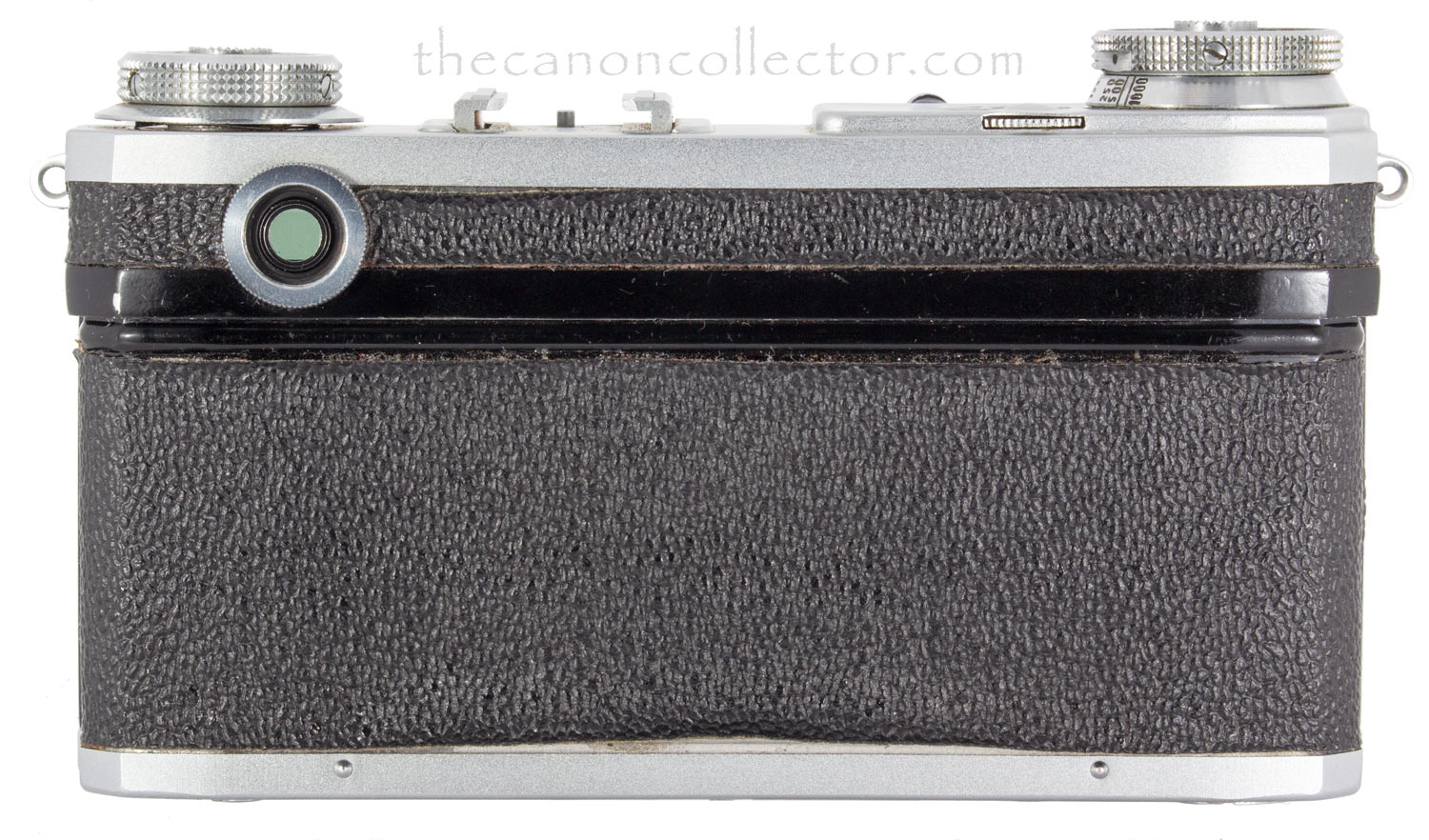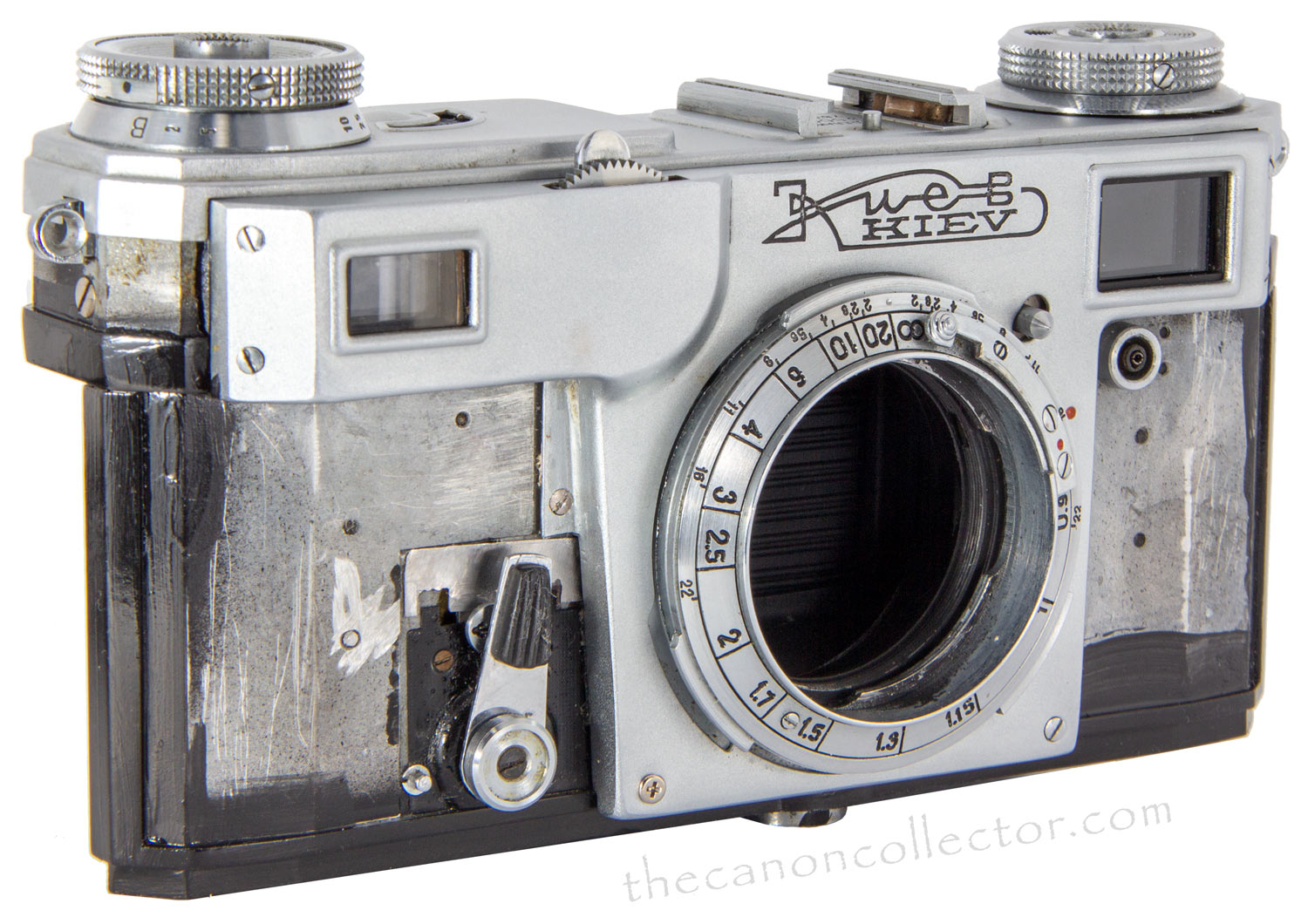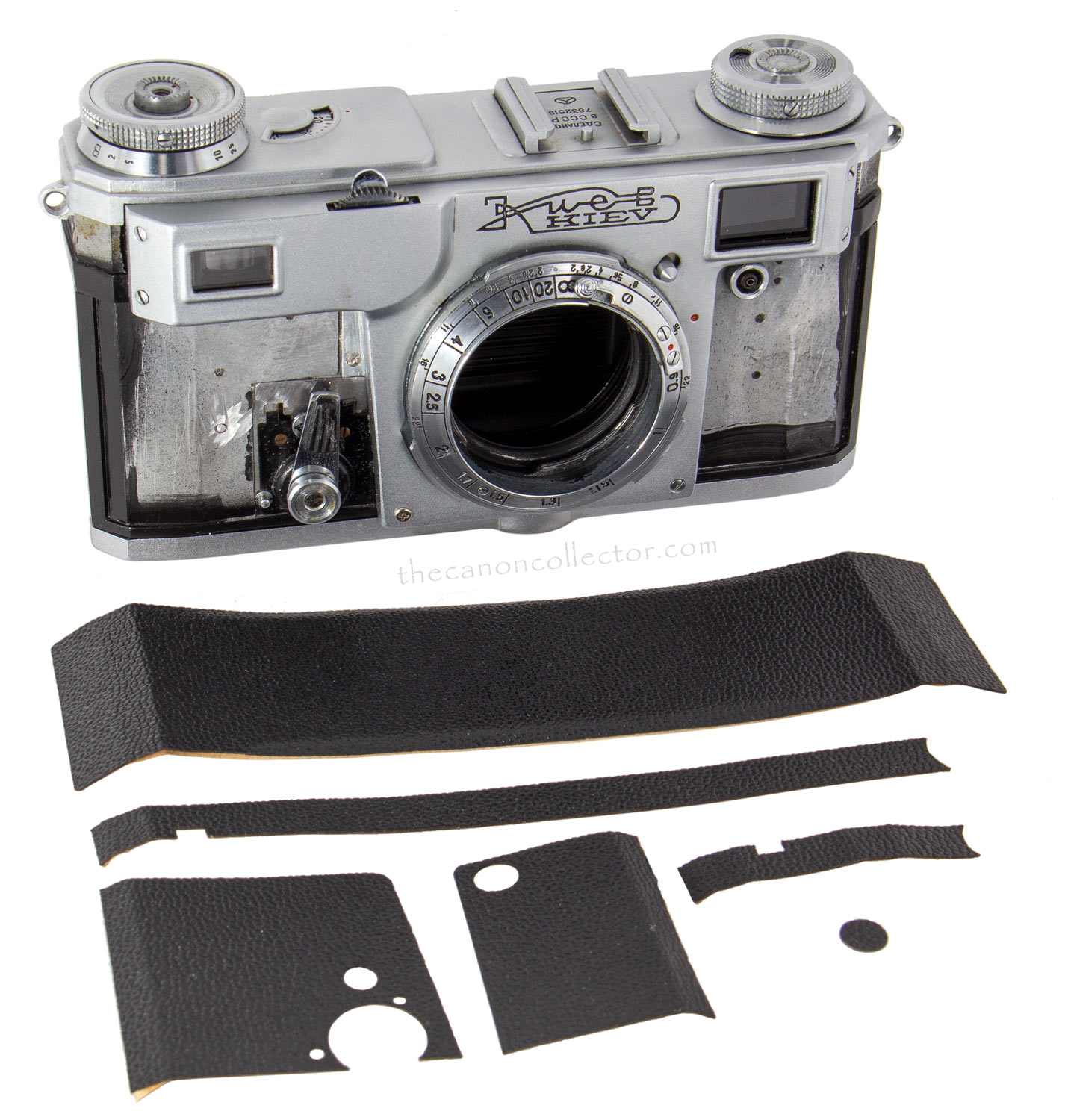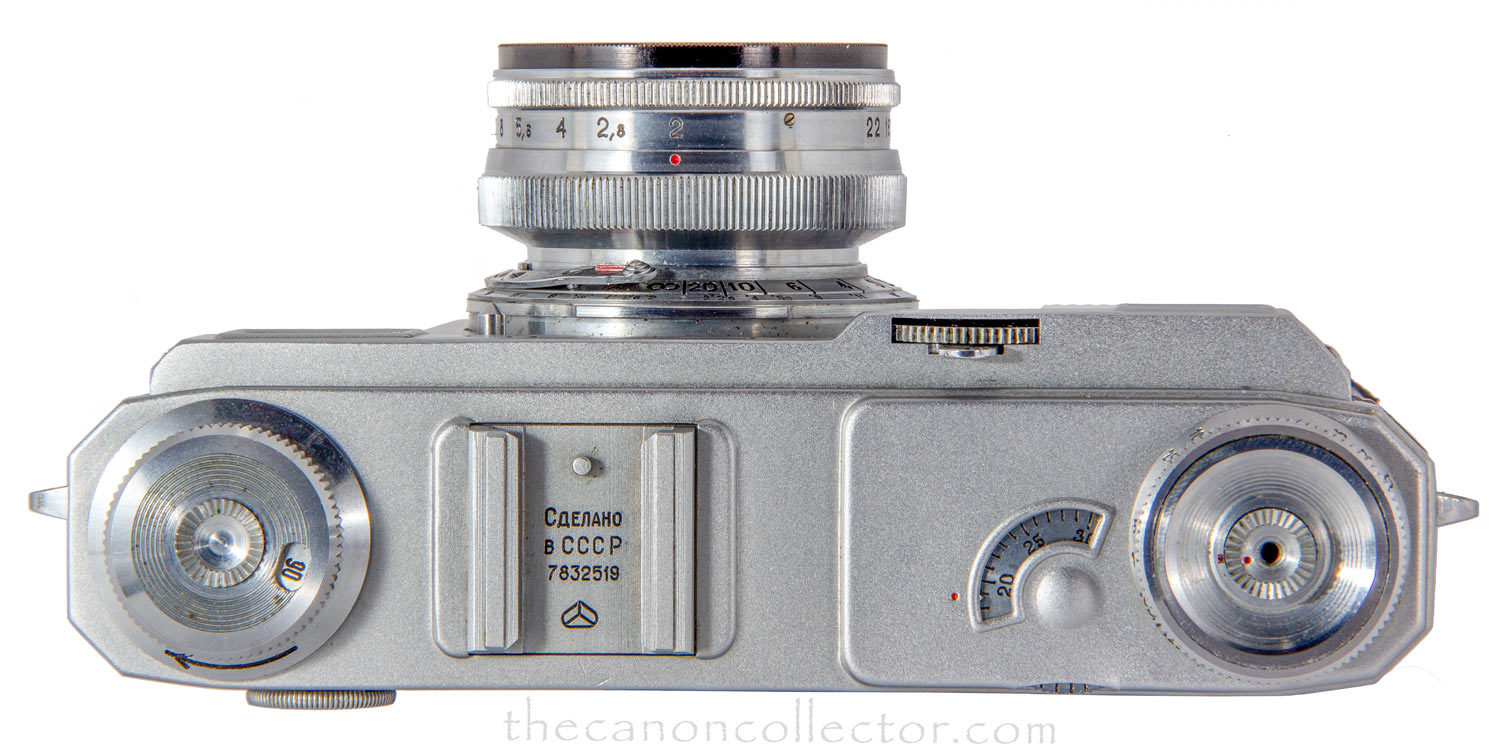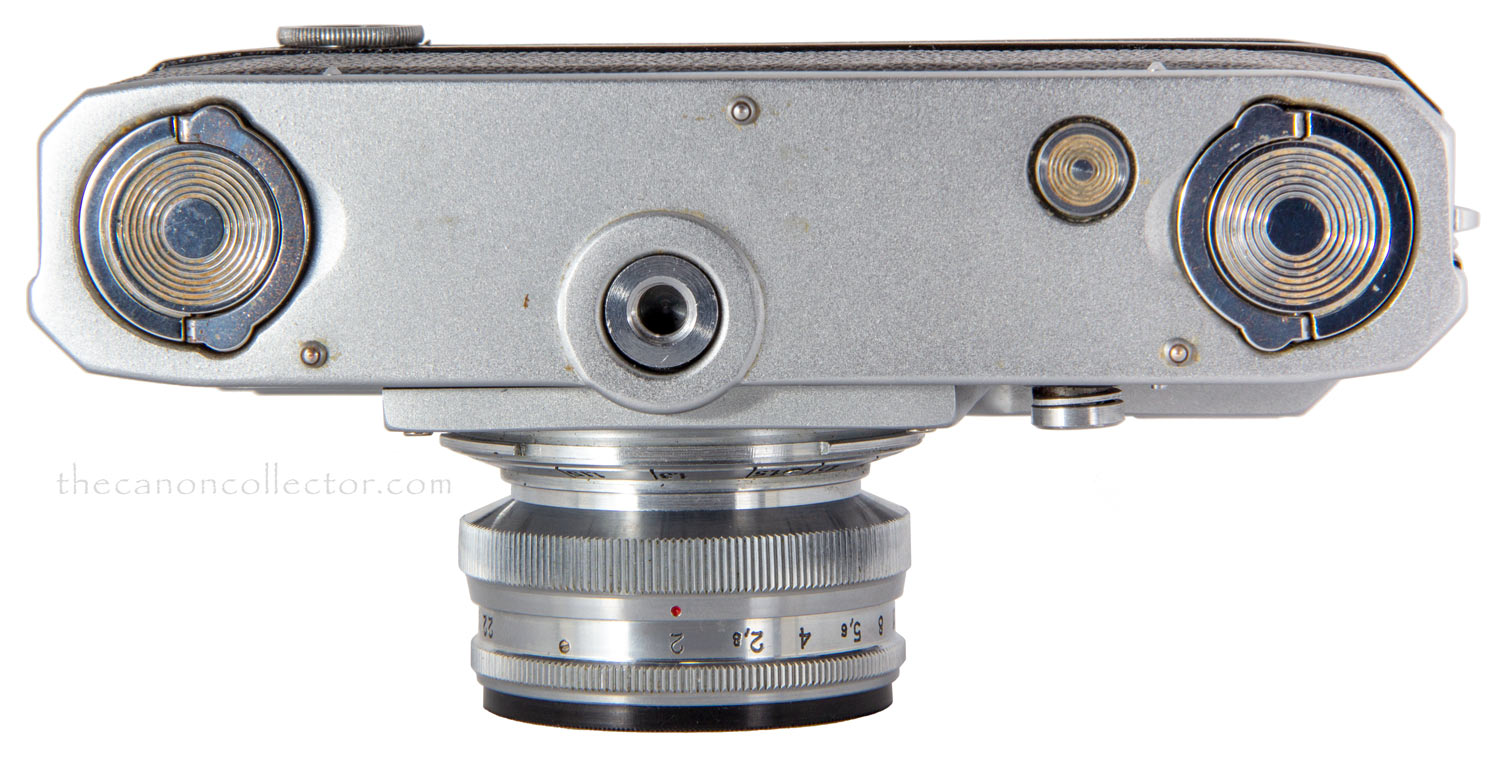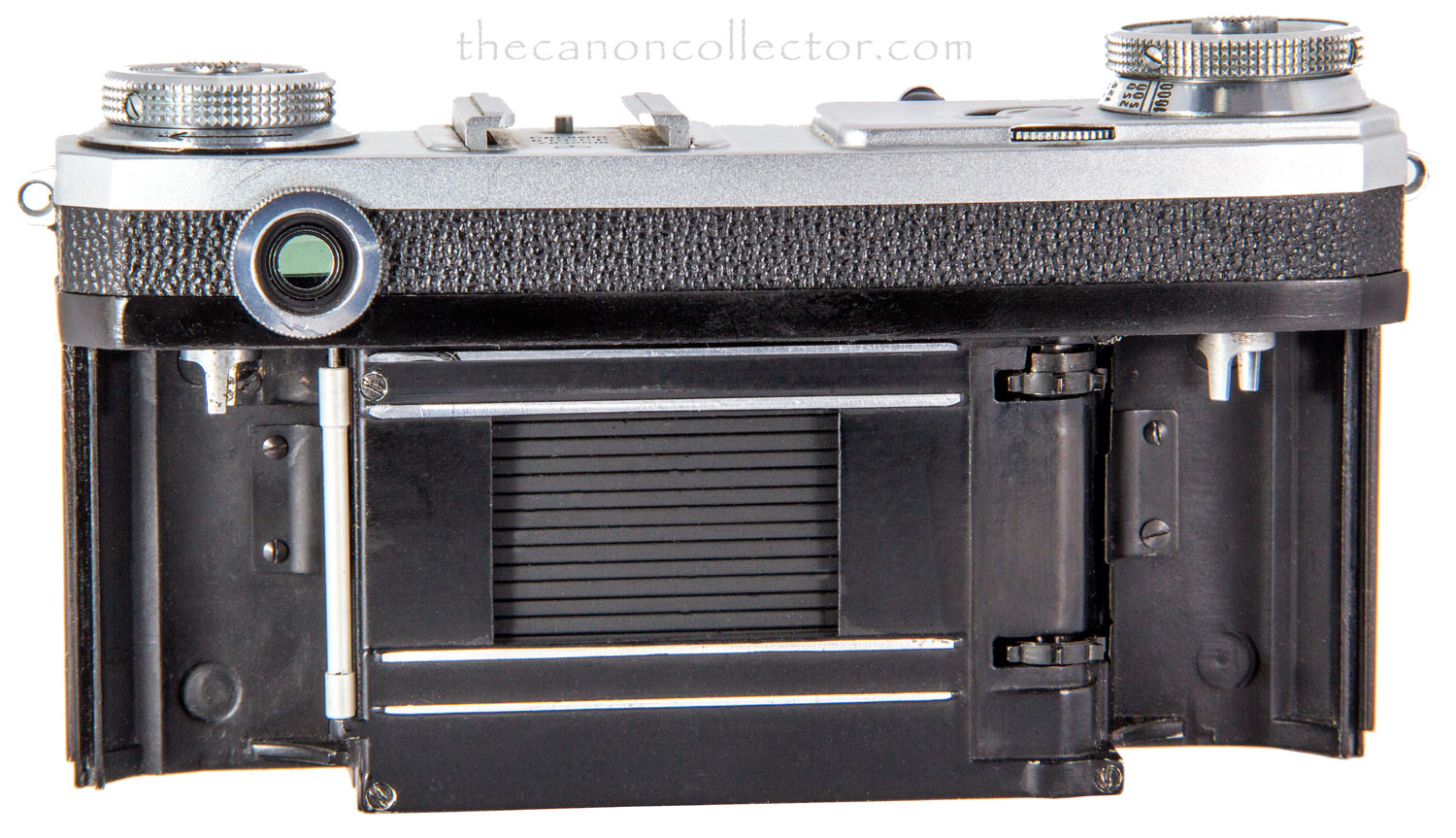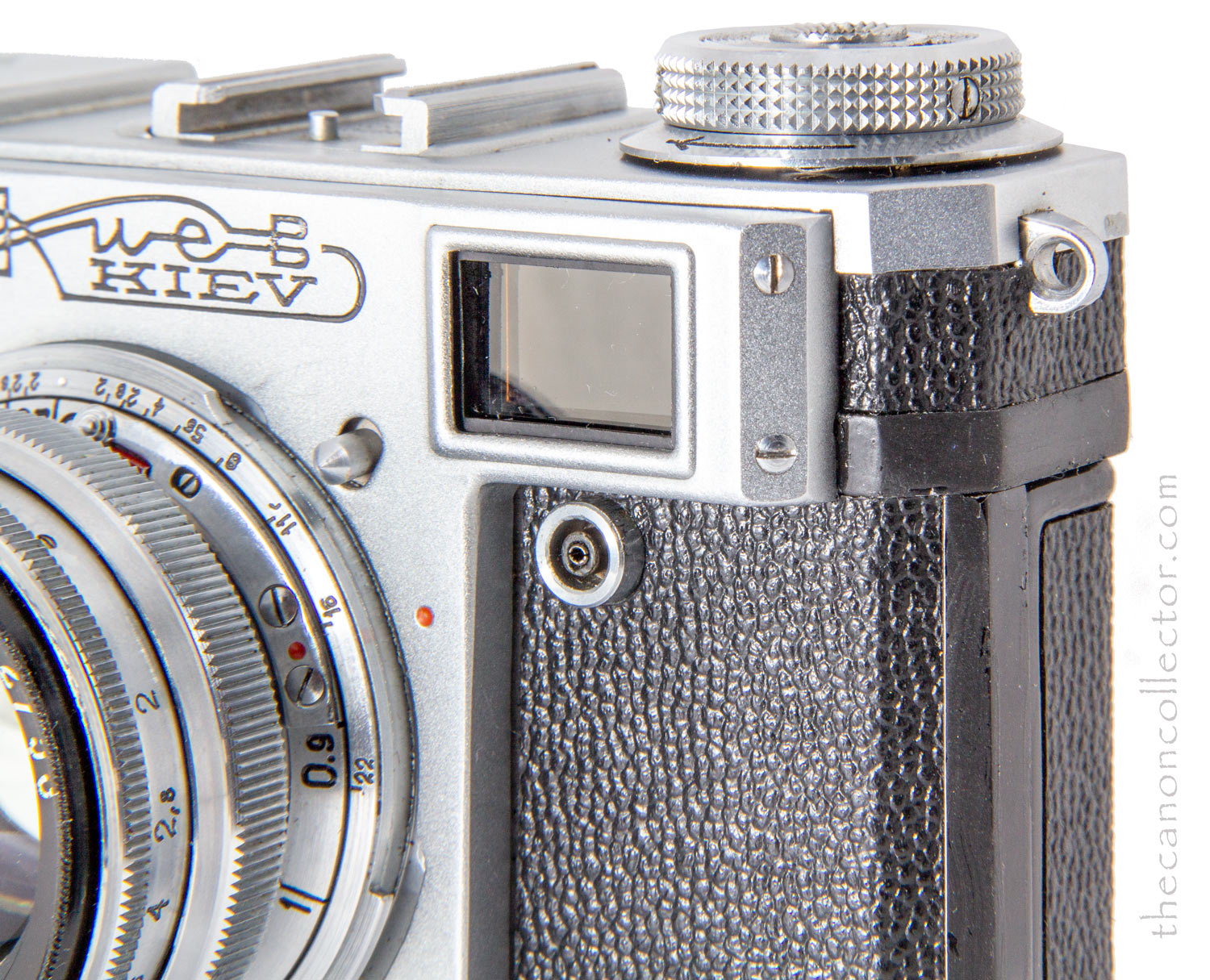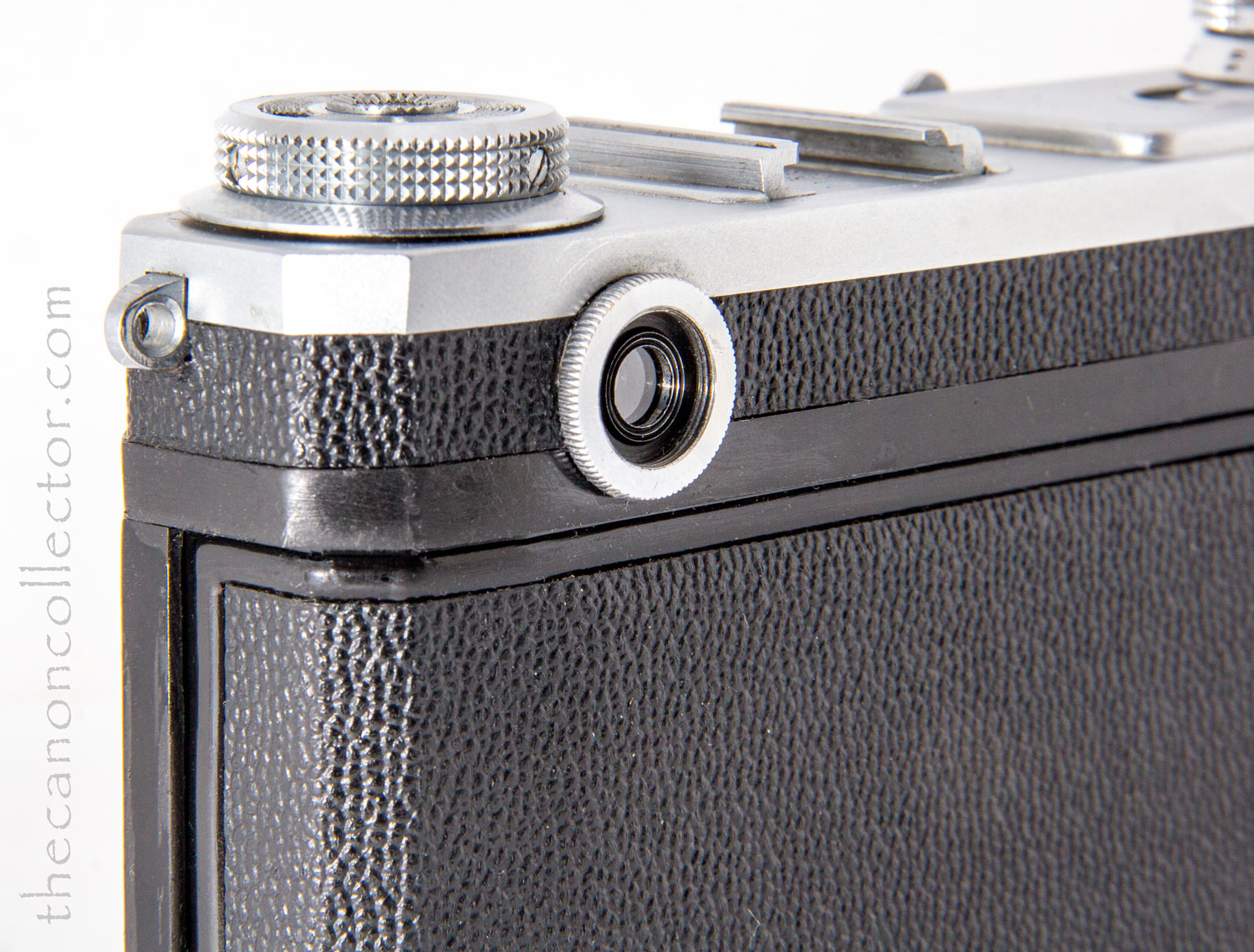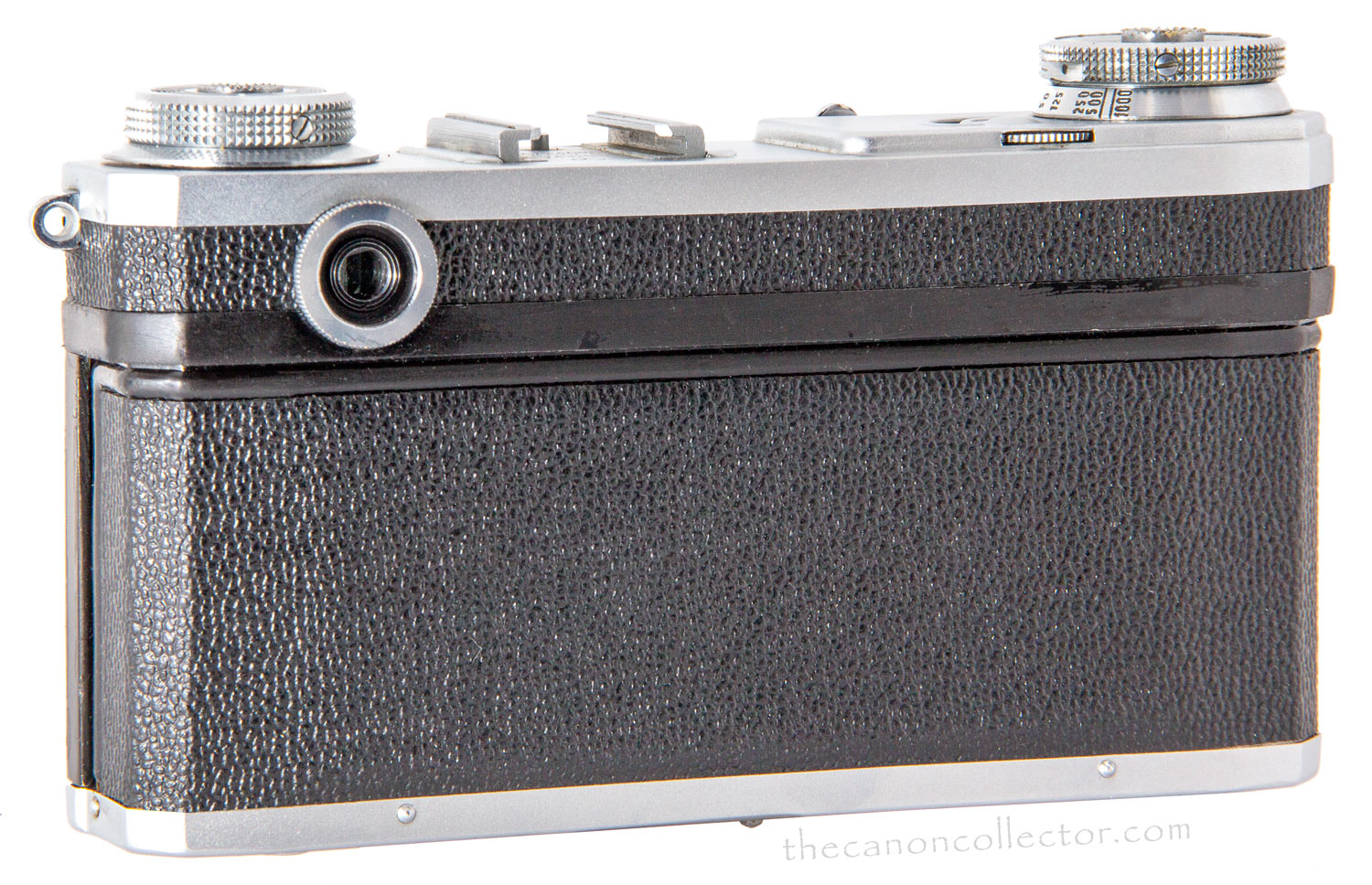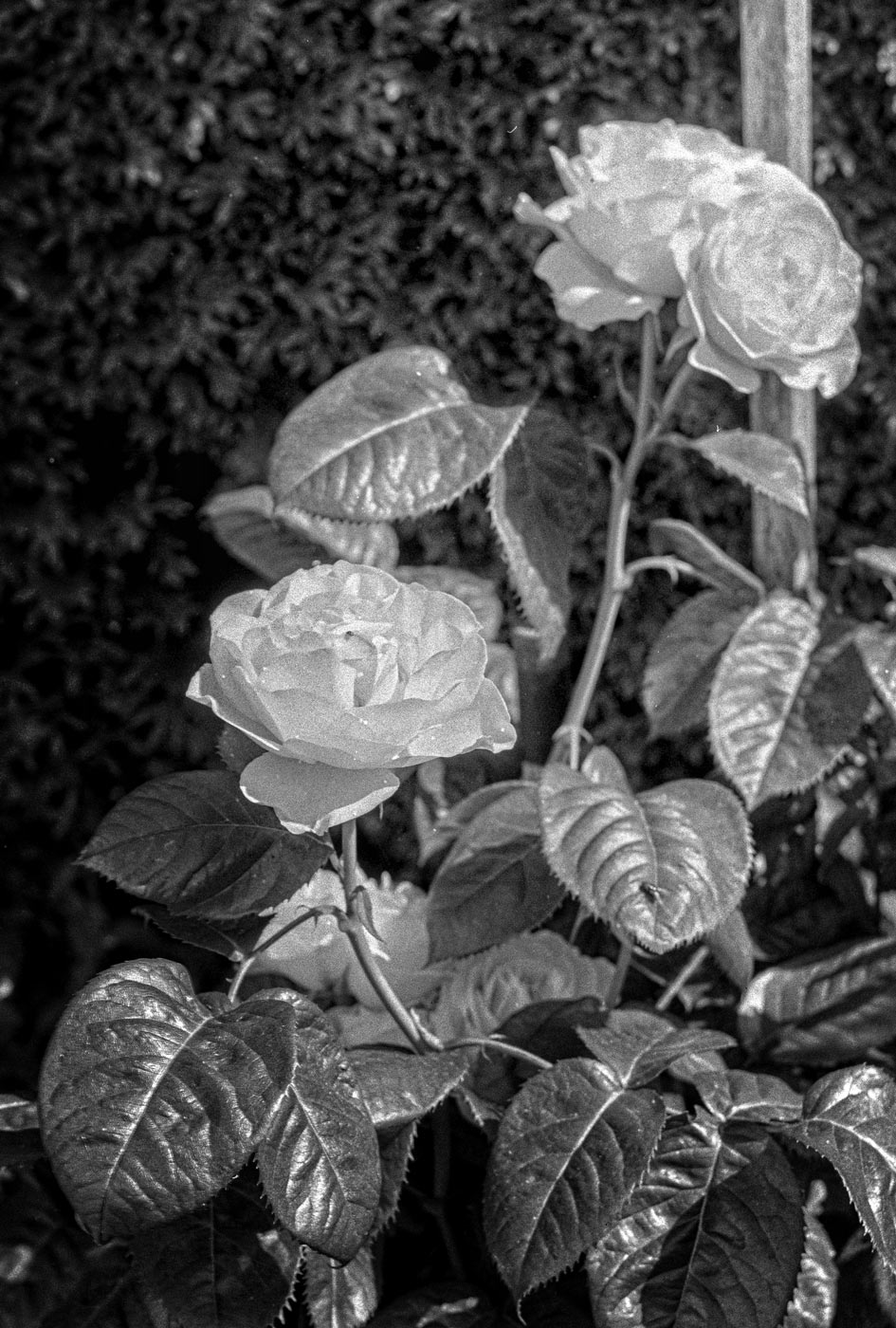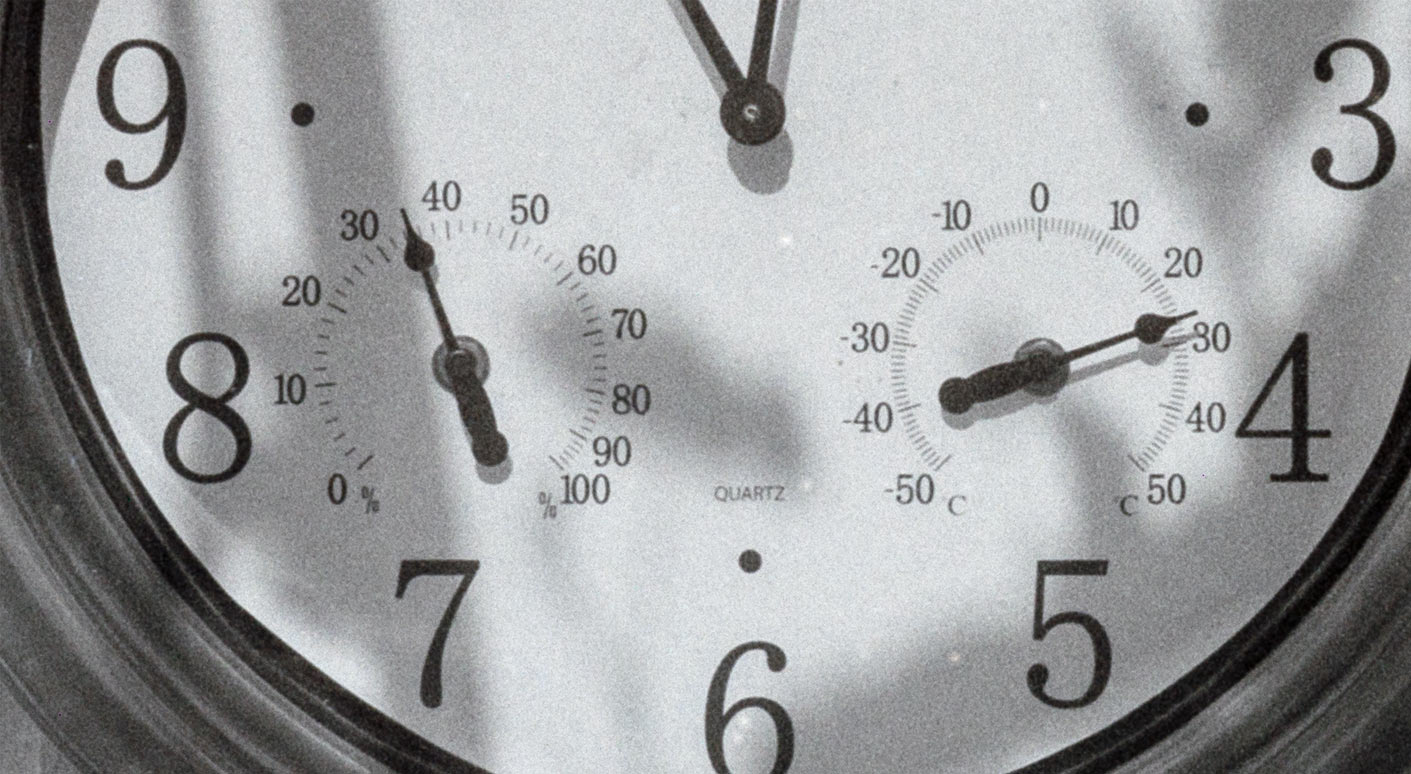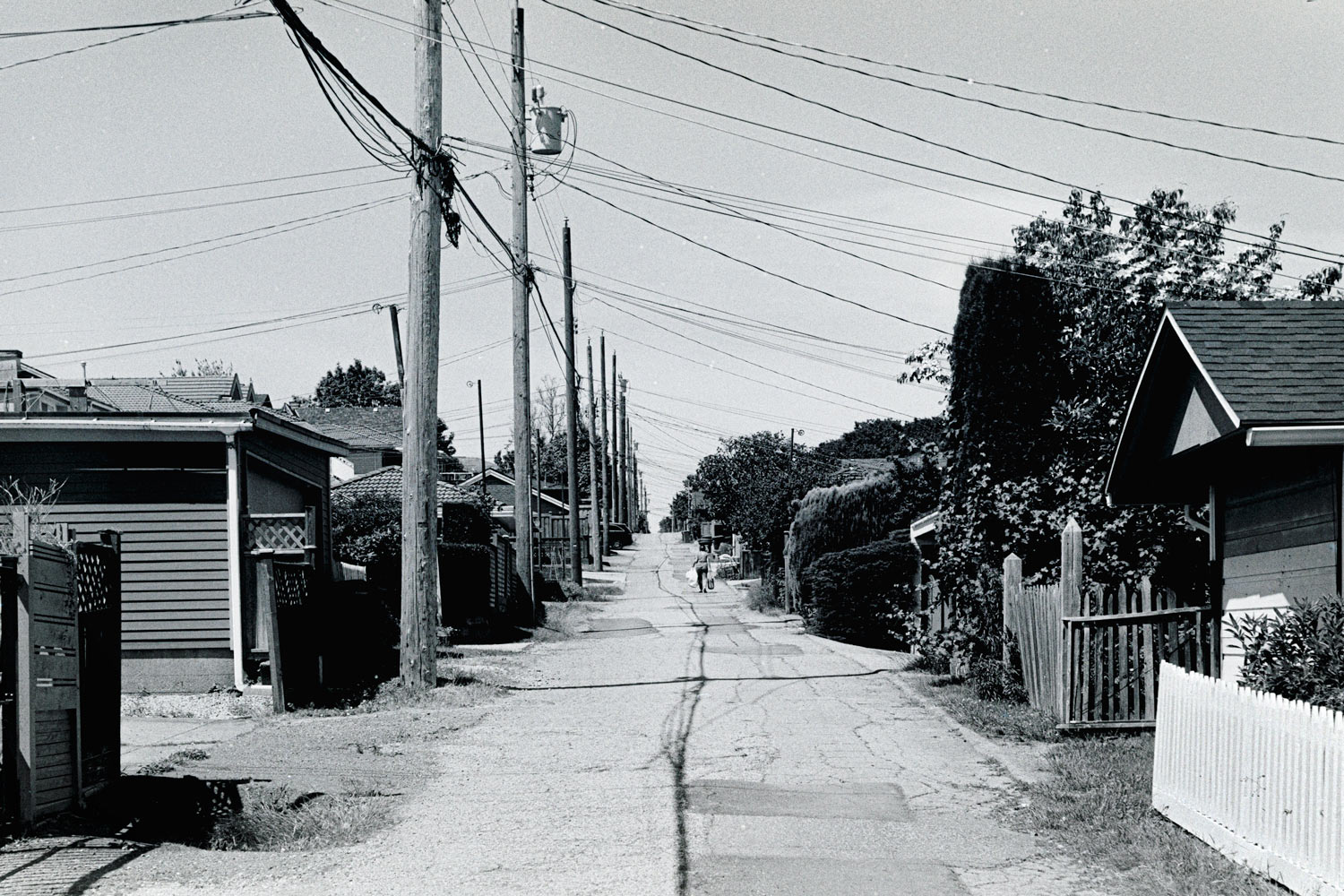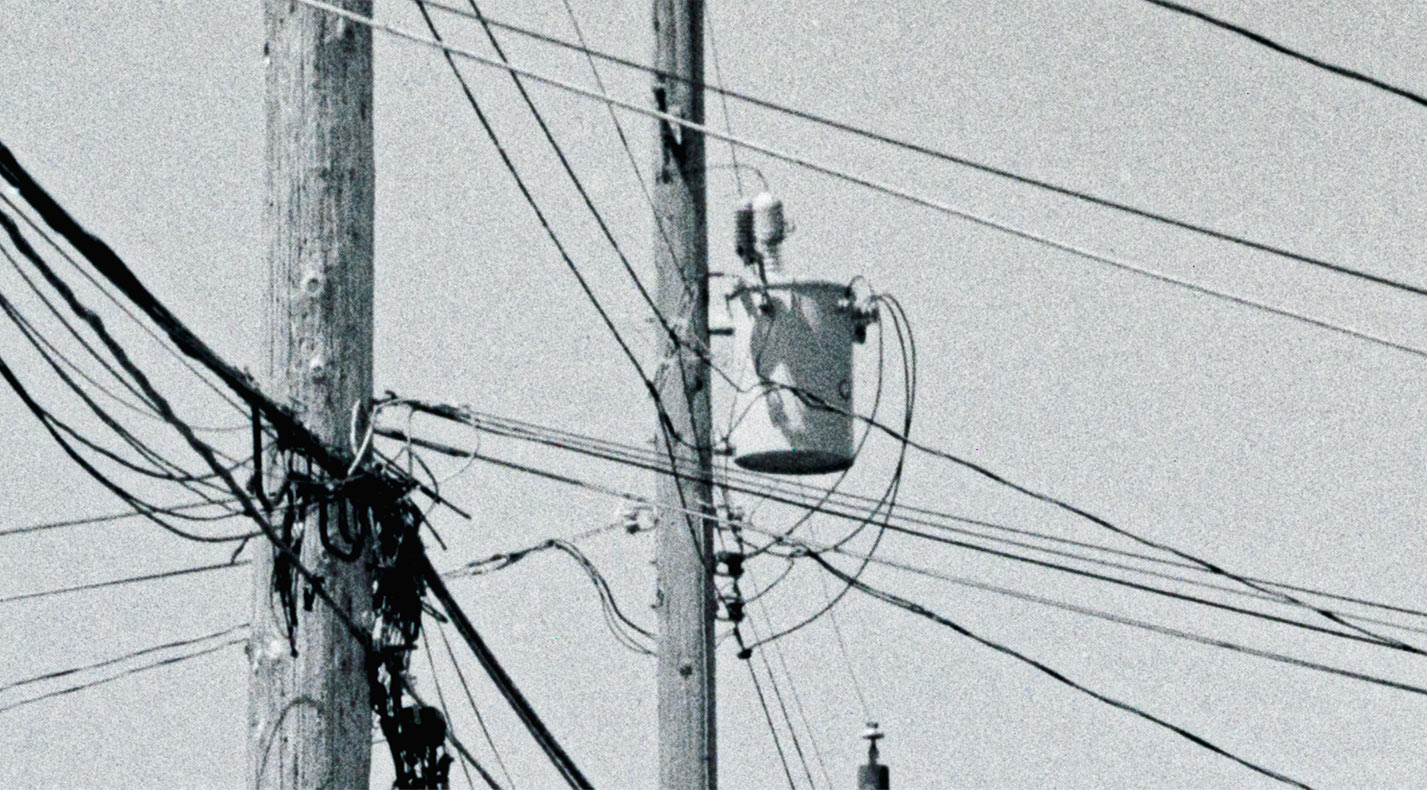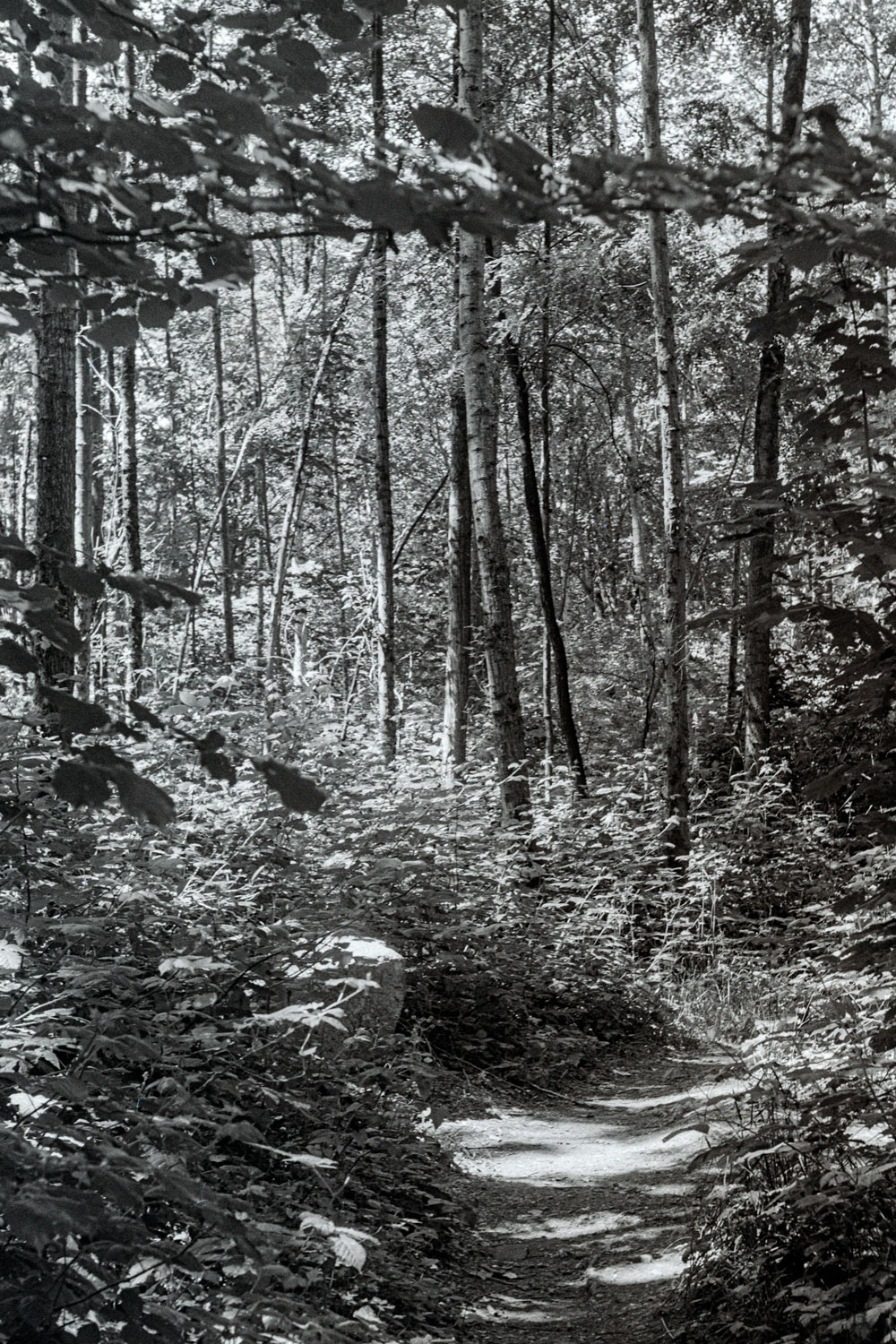Zavod Arsenal
Kiev 4A
35mm Rangefinder Contax Clone
A Post-War Clone of the Zeiss Ikon Contax II
At the end of World War II Russia claimed and received the manufacturing rights and equipment to produce the Contax II and III cameras as war reparations. Production began in Kiev, Ukraine, about 1949. These cameras were called after their city of manufacture: the Kiev II and Kiev III. Then in 1960 a new model was introduced called the Kiev 4 and Kiev 4A.
You may recall that I bought a Kiev 4 AM some months ago and wrote about it in these pages. I enjoyed that camera and so I bought Kiev 4 A which was an earlier model but basically the same camera. I received it a few weeks ago and it has been an adventure. I am certainly learning a lot about these cameras.
The picture above is not the camera I received. Well, it is but it was not in this condition. The camera that arrived in the mail was dirty. The leather covering was hard and pealing in places and resisted efforts to push it back down. Someone had tried to reglue it and smeared glue everywhere. The shutter sounded as if it was working but when I went to load a dummy roll of film I found that the film sprocket and drive take-up spool were not working. They did not advance the film. So although the camera was solid and complete it was non-functional.
The camera I received, Kiev 4A Ser. No. 7832519, looks basically sound. The faux leather covering had hardened and was turning up at the edges and resisted being pushed back into place.
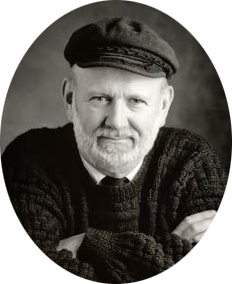
The Jupiter 8 lens on my Kiev 4A, on the other hand, was really nice. The lens barrel was pristine and the glass appeared to be clear. There is a slight hint of a fungus spider web looking at the rear element. Cleaning may remove it. But, overall, a nice lens.
The Jupiter 8 is a Russian copy of the Zeiss Sonnar 50mm f/2.0 designed in 1929 by Dr. Ludwig Bertele while working for Zeiss Ikon. By the standards of the time it was a very fast lens that was able to deliver excellent quality images.
In the final weeks of the war US forces captured the German town of Jena but in the arrangements made after the war to divide Germany into Zones of Occupation the area of Jena was turned over to Russia as part of its zone. In the same discussions Russian demanded various German assets as war reparations and part of what they demanded was the manufacturing facilities and rights to the Contax camera and the Zeiss lenses. That is an immense over simplification of what happened but from what I read it is correct as far as it goes.
The Jupiter 8M was made in the Zavod Arsenal factore in the Contax bayonet mount so it has no internal focusing mechanism.
Although many if not most Jupiter 8’s were made in aluminium barrels, the 8M apperas to be steel or chrome or nickel over brass.
In 1942 the Mechanical Factory of Krasnogorsk was established in a suburb of Moscow to produce optical equipment for the Red Army. After the war the factory began manufacturing cameras for the commercial market and in 1948 began producing FED cameras and eventually the Zorki and Zenit cameras.
The KMZ factory, as it was called, began manufacturing the Zeiss Sonnar calling it the Jupiter 8 for the camera factory in Kiev and other camera manufacturers. It was originally produced in an aluminum barrel with either a Contax or M39 mount. Aluminum is light but it is soft and these lenses were easily damaged.
Eventually Zavod Arsenal took over manufacturing of their own lenses for their Kiev cameras. They manufactured the Jupter 8M for the Kiev 4 cameras from about 1953 to 1962. You will find this lens marked as a 50mm f/2.0 and a 53mm f/2.0 but apparently they are the same focal length which is close to 53mm.
My lens barrel is not aluminium as far as I can tell. It is steel or chrome over brass and feels very solid.
And now, back to my camera body. I had two problems. The first was the covering on the camera and the second was the film drive. I knew of a company in the United States, Camera Leather, that made camera coverings. I had been to their website several times looking at the materials they had and the camera models they made coverings for. On their website “cameraleather.com” I found that they supplied new covering for the Kiev 4 and I ended up e-mailing them. I was contacted by Morgan who said they had a similar covering to the original so I ordered it to see how it would work. Then, while waiting for it to arrive, I turned my attention to the camera’s internal problems.
This is the Kiev 4A with its covering removed and the glue cleaned up. I touched up the black paint and beacuse the new leather covering will cover any extra paint if was not necessary to be careful where the paint went.
The covering on the removable back came off easily in one piece leaving the camera looking very bare. You can see I have touched up the paint on the exposed surfaces.
Before opening the camera I removed the existing camera covering which came away easily. I then cleaned the body of glue and touched up the paint.
On opening the body of the camera I came upon the problem with the film advance immediately. There is a gear that conects the film winding knob to the film take up spindle and sprocket and the screw holding it in place and on which it rotates had backed out of its threaded position and the gear was not engaging with the transport mechanism. I tightened this up and suddenly the film transport was working.
The rangefinder was also not correctly lined up so I adjusted the optics as well so that the rangefinder was showing infinity when the lens assebly was set to infinity. With this done, all seemed ready to go.
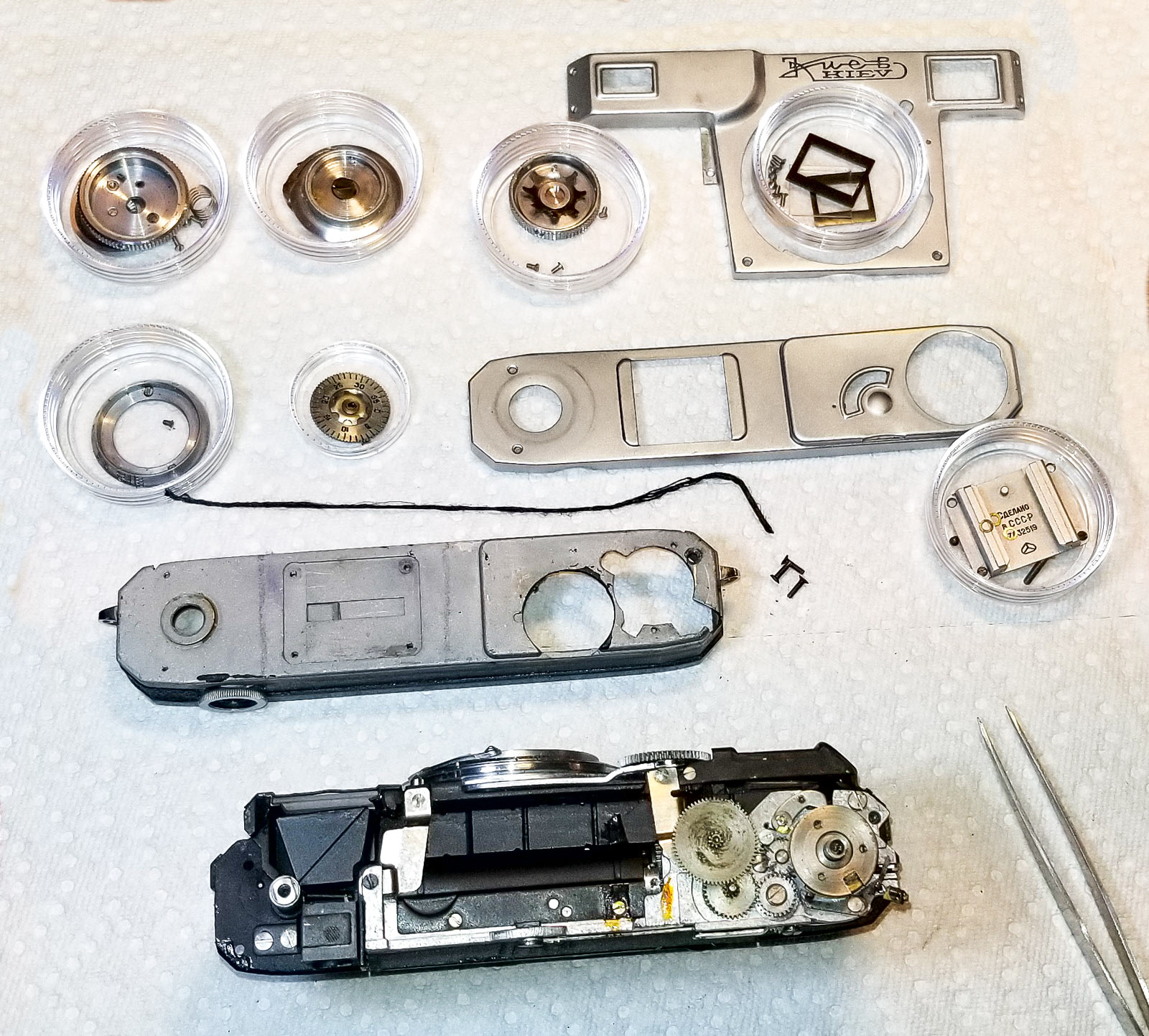
This is as far as I went disassembling the Kiev 4A before I found the film transport problem. I have arranged the parts here on the paper towel I worked on. Always work on a soft paper or cloth surface so that screws you drop do not bounce half way across the room when they hit a hard surface. And you will drop one!
This is my Kiev 4A and the new covering from Camera Leather before I actually applied it to the camera. Notice the pieces are creased to fit the curves of the camera. This makes application easy and helps the adhesive backing hold firmly.
And now my scruffy weatherbeaten
Kiev 4A looks like new. I am really pleased with the result.
Top and bottom of the camera are plain and hold no surprises. The first two digits of the serial number indicate the year of manufacture: 1978. The prism symbol below the serial number is the mark of the Zavod Arsenal where the lens was made.
Internally, the camera looks perfect. I touched up the paint a bit where there were scuffs or screws had lost some of their paint.
By the time I had the camera working to my satisfaction my new camera leatherette had arrived from Morgan at cameraleather.com. I was amazed at how precise the cutting of the pieces was and how easily they went on the camera.
The covering is backed with adhesive so you simply strip the paper backing off and apply the pieces. They have already been given the basic creases required to fit accurately and the adhesive seemed totally adequate to the job. The fit was extremely precise I very quickly had what appeared to be a new camera.
In the image at the top of the page you are looking at my camera with its new covering. And here I add some additional pictures so you can see how perfect the fit is and how handsome the camera now looks.
Check out cameraleather.com. They have a range of materials and colors to satisfy every taste. I intend to dress up some of my “shooters” with some bold new colors. These are cameras that are not collector items but ones I use every day to take pictures. I don’t recommend changing the coverings on collector grade cameras. You will ruin the value. But for my “shooters” why not? Oh, and tell Morgan “Hello” from me.
The precision of the fit surprised me. It was as good as and possibly better than the original covering. And the adhesive back seemed to be adequate to hold the covering in place.
Again, look at the fit of the covering on the back left corner. The cutout for the strap lug is perfect as is the fit around the eyepiece. The corner of the covering on the back is precise. I was hoping that the cover would be nice but was beyond my expecttions.
The outside back of the camera looks brand new. And it is a pleasure to pick up and hold. I will be proud to show this camera off!
Shooting with the Kiev 4A
So, I have a camera that looks almost new and it apparently works. The next step is obvious. I already know I like this camera from my shooting with the Kiev 4AM that I reported on recently. I loaded this camera with 36 exposures of Ilford Professional 100 and went for a walk.
I took all thirty six exposures in one afternoon and then came home and developed the film for 6 minutes in Ilfosol 3 at 9:1 for 6 minutes. All of the sample images are from that roll and were digitized with my Canon R camera.
Roses in my wife’s garden. Focus was on the rose to the left of center from about four feet away. You can see the rangefinder was right on.
My repair of the film advance was successful and when I developed the film the frames were reasonably well spaced. Not totally even but there were no overlaps or double exposures. So the first requirement of a camera body was met: proper film advance.
However, the mechanism left a lot to be desired. It felt like there was sand in the gears. I know there wasn’t because I cleaned and lubricated them earlier. I think the parts were crudely machined and not polished. What I am feeling is unfinished surfaces sliding past one another. But more about this a little later.
Changing shutter speed also had a very rough feel to it. Again, I think crude machining of parts.
The shutter release was definitely not a two stage trigger. It was very soft and you were not certain when the shutter was going to release. This problem will give rise to “flinching”, to use a target shooters term, as you will end up pushing too hard at the wrong time.
I was pleased to see that the rangefinder appeared to be accurate and obtaining sharp pictures was not a problem. Havinf to adjust the rangefinder is a common problem with this camera and both my 4A and 4AM required some adjustment.
However, the worst problem was the shutter itself. Of the 36 exposures seven were problematic. On a couple the shutter was open way too long and splashed light all round inside the camera. On others the frame was only partially exposed. The shutter had only opened part way before closing. All of these symptoms are indicative of a sticky shutter that needs to be completely cleaned of dust, dirt and old lubricant and then relubricated.
On the left is the wall on our back patio. This is a full frame image with almost no cropping. On the right is the center of the image at 100%. The lens was set to f.8.0. As with lenses of this time the center is sharp but the edges are soft and fall off slightly. However, at f/8 these problems do not appear.
This is a back lane near our home. On the left is the full frame. In the center is the center at 100% and on the right is the upper left, not the corner but away from the center, at 100%. You can see no fall of in performance towards the edge. The lens here was set to F/11.
You can see that this lens is capable of taking a very nice picture with excellent detail. This is an image from my wife Susan’s garden. The lens is set at f/8 and the focus point was the white pipe leading to the fawcet just to the left of center.
This is the fawcette from the picture above. This was the point I focused on and you can see that the lens and the rangefinder are pretty well coordinated.
This lens seems to perform pretty well. I have seen much written about the unequal quality of one Russian lens compared to another. My experience is limited to the Helios and this Jupiter lens that were on my Kiev 4AM and 4A and both seem fine. I have no complaints about them. In fact, I will use both of these cameras in the future.
I regret that the Contax mount is so difficult to mount on an EOS body. I would like to try these lenses at a much higher resolution. But, because they do not focus internally, this is difficult to do.
Two final pictures from the same roll. With a few reservations, I like this camera.
The Shutter Problem
And now back to the shutter problem. What am I to do? I have never taken this type of shutter apart and I don’t want to dig into this camera now that I have it all fixed up only to find I cannot repair it, or, worse still, cannot figure out how to put it back together.
I went back to E-bay and found a Kiev 4A that looks not too bad but it does not work. The vendor says that the “shutter is jammed”. As a result the price was only $12.00 USD. So I bought it and I intend to take this one apart and find out how these shutters work and how to repair and reassemble them. Then, when I have my confidence up, I will attempt a repair on my Kiev 4 that we have been discussing here.
I also want to explor the rough feel of the camera mechanism and see if I can smooth that out by hand polishing parts. At least I hope to find out the source of the roughness. I will report later on my progress. My best outcome will be that I end up with two repaired cameras one of which I will sell to recoup my investment. So, stay tuned!
This website is the work of R. Flynn Marr who is solely responsible for its contents which are subject to his claim of copyright. User Manuals, Brochures and Advertising Materials of Canon and other manufacturers available on this site are subject to the copyright claims and are the property of Canon and other manufacturers and they are offered here for personal use only.

